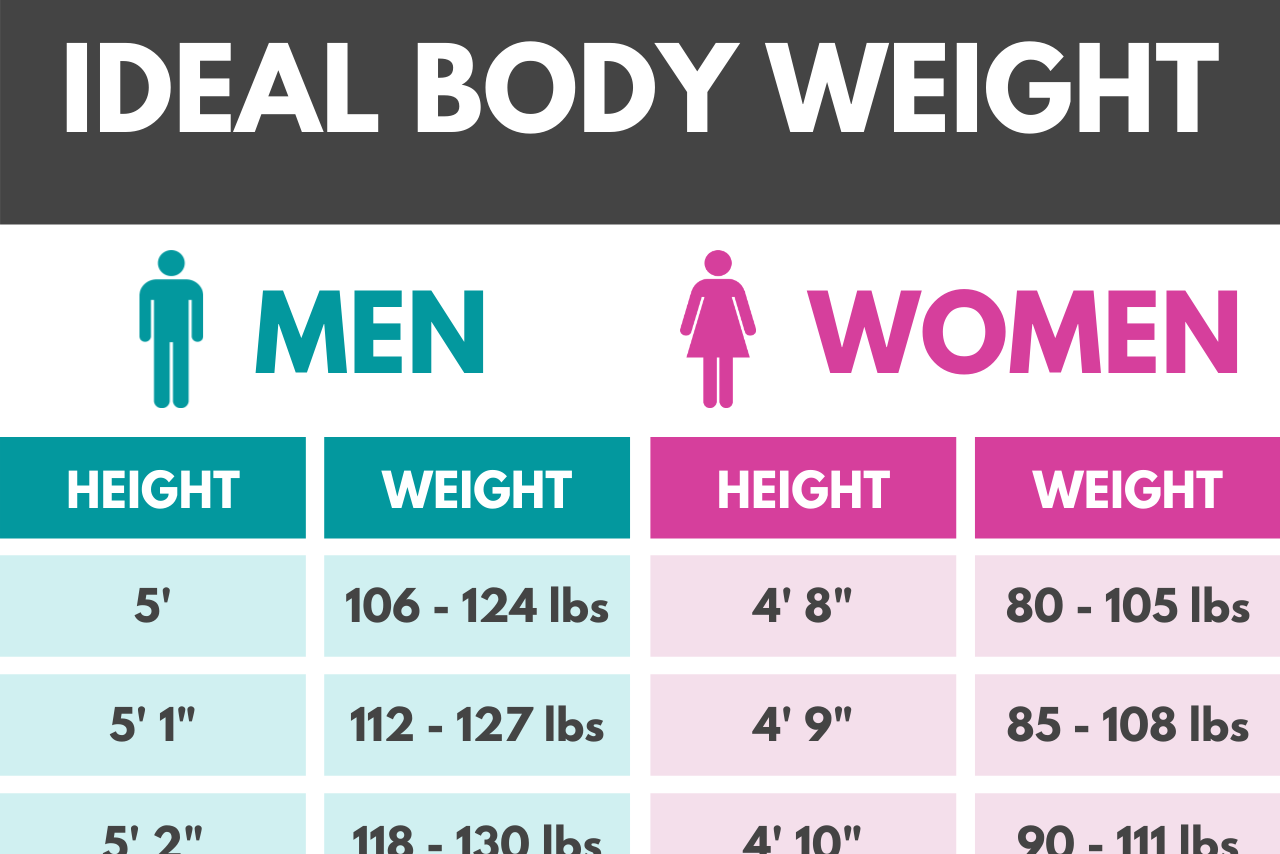
It is measured in Kilograms or Pounds and also as a percentage relative to your body weight. This is the approximate body weight minus body fat. It can also be represented as a percentage. This is the approximate amount of fat contained within your body relative to your total body weight. For males, it is relatively higher as compared to females.

This is the range of weight that anyone your age should weigh on average. For example, if the results display “small”, it means that the person has a smaller body size for his or her age.

This is simply the interpretation of your size on the basis of your weight and height in correspondence with your age. It is important as it gives you an understanding of your current status and what is needed to reach your fitness goals. It includes comments like “aggravated risk”, “good” and “very good” among others. This basically shows your fitness status and what to expect basing on all the above factors. Research shows that Apple shaped women are usually at a higher risk of disease due to fat build up on the upper part of their body as compared to Pear shaped ones who tend to have wider hips than their shoulders and busts. These body shapes usually take the shape of their corresponding fruit. It is mainly interpreted using the Waist to Hip Ratio and lies in different categories including Apple shape, Banana or straight, pear and hourglass. Higher WHR usually means higher amounts of fat deposits around the belly which is a risk factor for developing diseases such as heart disease and type 2 diabetes. For women, it should not exceed 0.85 or 85% while for men, it shouldn’t exceed 0.95 or 95%. It may be given as a fraction or as a percentage. This is actually the ratio of the total circumference of the waist to that of the hips. This is very helpful in determining what direction you need to take in planning your diet and exercise program. A BMI of below 18.5 is classified as underweight, between 18.5 and 24.9 as desirable or normal weight, from 25.0 to 29.9 as overweight and 30 and above as obese. This is basically the interpretation of the Body Mass Index and classification in terms of the weight status. This interpretation is known as the BMI classification.

The calculator provides a number that determines your weight status relative to your height, and can be used to classify you as being underweight, overweight or having a normal weight. This is calculated by dividing your weight in pounds with the square of your height in inches. The general description of the results are listed below. The main reason for completing all these details is to understand how fit you currently are. You’ll then be required to choose your fitness goal from the following: get fit, lose weight, increase endurance, excellent fitness and competitive athletics.

It also allows you to choose whether to use the US measurement system with its units in Pounds, Feet and Inches or the Metric system whose measurements are displayed in Kilograms, Meters and Centimeters. The calculator above comes with quite a number of functions that require filling in your gender, weight, height, age, resting heart rate average, your narrowest waist measurement, your widest hip measurement, your elbow width and your activity level, along with entering whether you’re sedentary, lightly active, moderately active, very active or extremely active.


 0 kommentar(er)
0 kommentar(er)
